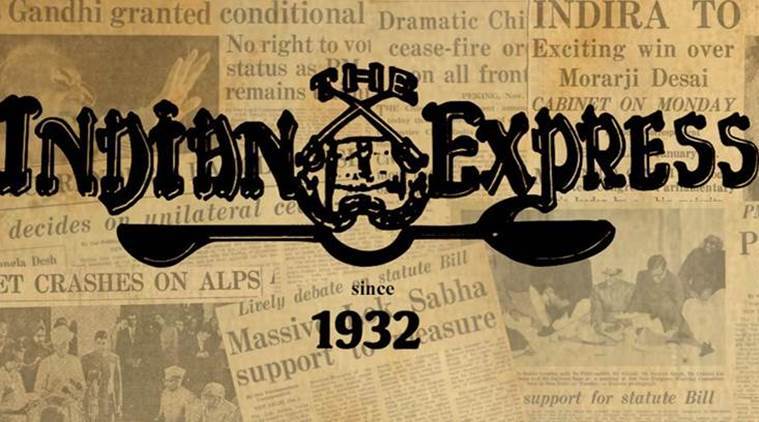 The parents of the victims had demanded a manned level crossing after an accident in 2016, but nothing came of it.
The parents of the victims had demanded a manned level crossing after an accident in 2016, but nothing came of it.
In a country where a good education is the foremost aspiration, it is ironic that a completely avoidable rail accident which killed 13 schoolchildren is regarded as a tragedy, and not an outrage. The school van which was rammed by the Gorakhpur-bound passenger train at an unmanned crossing was overloaded, did not have number plates, and was operated by an unrecognised institution. Its driver appears to have been underage and habitually drove while wearing headphones. Apparently, he ignored a warning from the “gate mitra” at the crossing. Indian parents are prepared to invest whatever it takes to secure a good future for their children, but they cannot keep them safe until they get there. That is the larger outrage that this accident exposes.
The failures are at multiple levels. The parents of the victims had demanded a manned level crossing after an accident in 2016, but nothing came of it. Now, in response to the accident with the van, the railway ministry has rolled forward the deadline for manning all crossings, chalked out in the 2017 Budget, from March 2020 to September this year. The parents were also dissatisfied with the driver, but could do nothing because the transport was operated by the school. And it took a colossal accident to draw the attention of the Uttar Pradesh authorities to the school, which turned out to be unrecognised. A school which is preferred by parents over government institutions, possibly due to lack of choice, does not actually belong in the educational system.
While the railways ministry has responded by rolling forward the deadline for manning all crossings, the need for urgency in this matter should have been realised long ago. Derailments, the second-biggest cause of rail accidents, have been declining over the last decade, but the volume of accidents at unmanned railway crossings — which accounts for the majority — has not been falling in proportion. An urgent intervention was clearly required here. Pending the manning of all crossings, warning alarms actuated by approaching trains should have been implemented. Accounting for all categories of accidents, the Indian Railways retain the dubious distinction of being the world’s most unsafe network. The baseline remains at over 100 accidents per year, which is at least 20 times over a reasonably acceptable rate. This is despite the existence of a forensic Commission of Railway Safety since 1961. Last year, the World Bank responded to the extraordinary rate of accidents with a list of suggestions, which included high-visibility engines, clearly marked level crossings and, significantly, a separate rail safety regulator. The fact that even such basic international norms are not available in India reflects poorly on our commitment to safety. If there is no outrage, there will be tragedies.